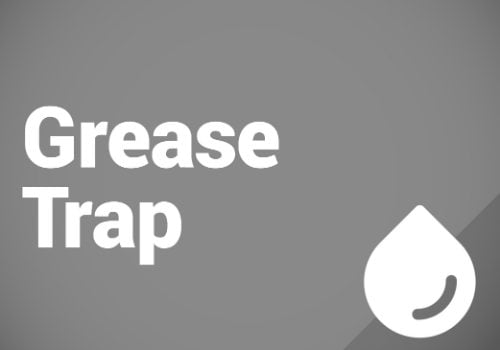Grease Trap Liquid Service 🛢️
Grease Trap Liquid Service 🛢️
Grease trap pump-out and cleaning service. Pricing provided on a cent per litre basis. Pricing shown exclusive of GST. Minimum charge equivalent to 1,000 litre pit. Waster services grease traps of all sizes. Pricing assumes grease trap is accessible by Tanker within 15m off Pitt or pump out point and involves one personnel member to perform service. More complex services will require specific pricing.
Grease trap liquid pump-out service in line with your local water authority schedule. Please note – Waster can not set your schedule – this will be set by your local water authority. In Sydney metro – a Sydney Water change of transporter form will be required – sent to you after sign up.
In Sydney – our operations team scan your barcode each time a service is performed. In other areas – please keep copy of our invoice as proof of services. This may be requested by the water authority.
Water authority schedules can range from monthly to annually – depending on grease trap size and your business conditions.
Note – Waster does not provide emergency grease trap cleaning for non clients.
Grease trap liquid service is a vital service for any business serving or preparing food for the public – ensure compliance with all legislation.
Showing the single result

